Top Things to Know Before Buying Outdoor Seating: A Guide to Building Your Dream Oasis
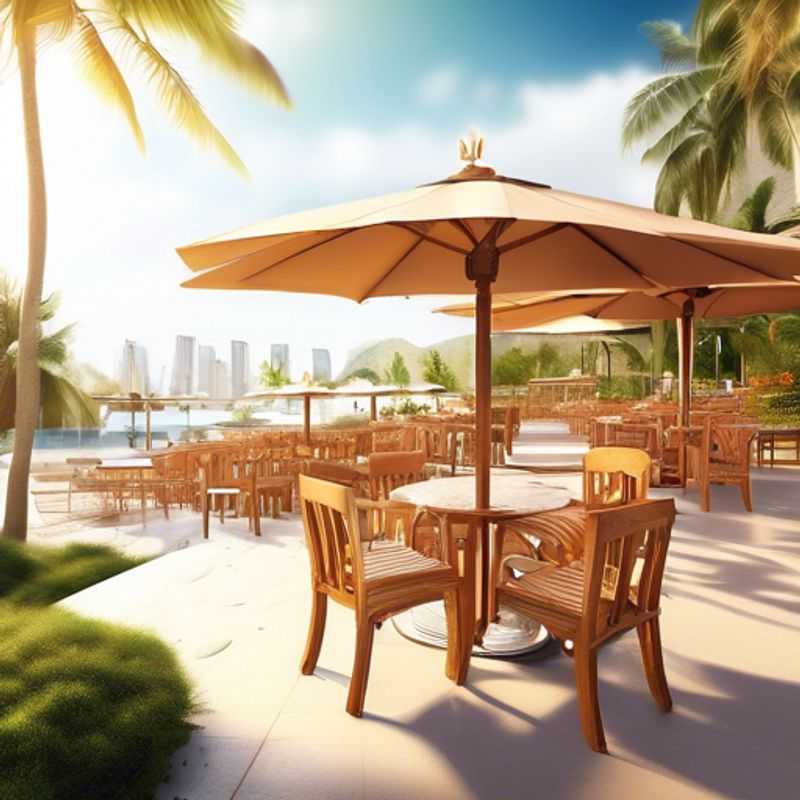
Top Things to Know Before Buying Outdoor Seating: A Guide for Comfort & Durability
Planning to create a cozy and inviting outdoor seating area? Let me tell you, it's a project I find deeply satisfying – a blend of practical engineering and aesthetic design.

Measure Twice, Relax Once: Sizing Your Outdoor Seating for Perfect Fit
To effectively measure the available space in your outdoor area for seating, start by determining the total square footage. Use a tape measure to record the length and width of the space, ensuring to account for any irregularities. Consider the layout and flow of movement; leaving at least 3 feet of walking space around seating is recommended for comfort.
Next, think about the configuration of the seating. Are you aiming for a cozy arrangement or a more formal setup? Common options include dining sets, lounge chairs, or sectional sofas. It’s crucial to visualize how many people you want to accommodate and how the seating will interact with other elements like tables or fire pits.
When estimating costs, consider potential paid activities such as hiring a landscape designer for optimal layout suggestions or purchasing custom furniture that fits your needs. Additionally, think about expenses related to ground preparation (like leveling or paving), which might require professional assistance, and the purchase of protective covers or cushions for your seating.
Finally, always remember to check local regulations regarding outdoor space usage, as there may be permitting fees or restrictions that could impact your seating arrangement. By following these guidelines, you can create a functional and inviting outdoor seating area.
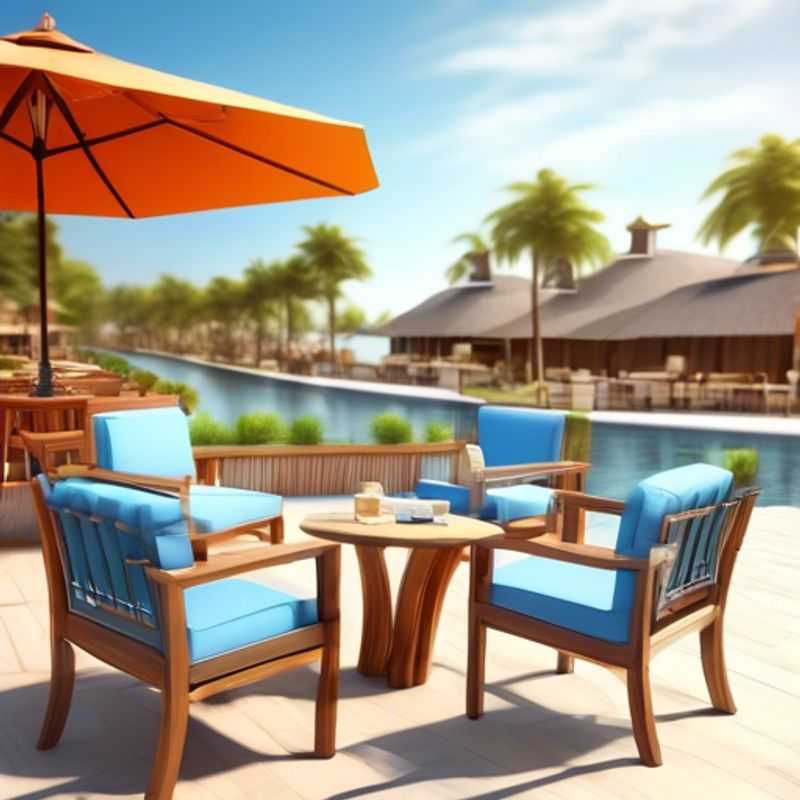
Weather-Wise Building: Choosing Materials for Your Climate
When designing outdoor structures, weather resilience is paramount. Understanding your region's climate is crucial for selecting materials that can withstand the elements.
Sunlight can cause fading, warping, and even fire hazards. Choose materials with UV resistance, such as treated wood, metal, or composite materials.
Rainfall can lead to rot, rust, and mold. Look for water-resistant materials, like pressure-treated lumber, galvanized steel, or waterproof coatings.
Wind can cause damage, especially in areas with strong gusts. Consider sturdy materials like concrete, brick, or reinforced steel for structures that need to withstand high wind loads.
For roofs, materials like asphalt shingles, metal roofing, or tile are common choices. However, specific recommendations depend on your region's climate and the expected snow load.
Remember, professional consultation is always recommended for structural design, especially in areas with extreme weather conditions. They can help you choose the most suitable materials and ensure the long-term durability of your outdoor structures.
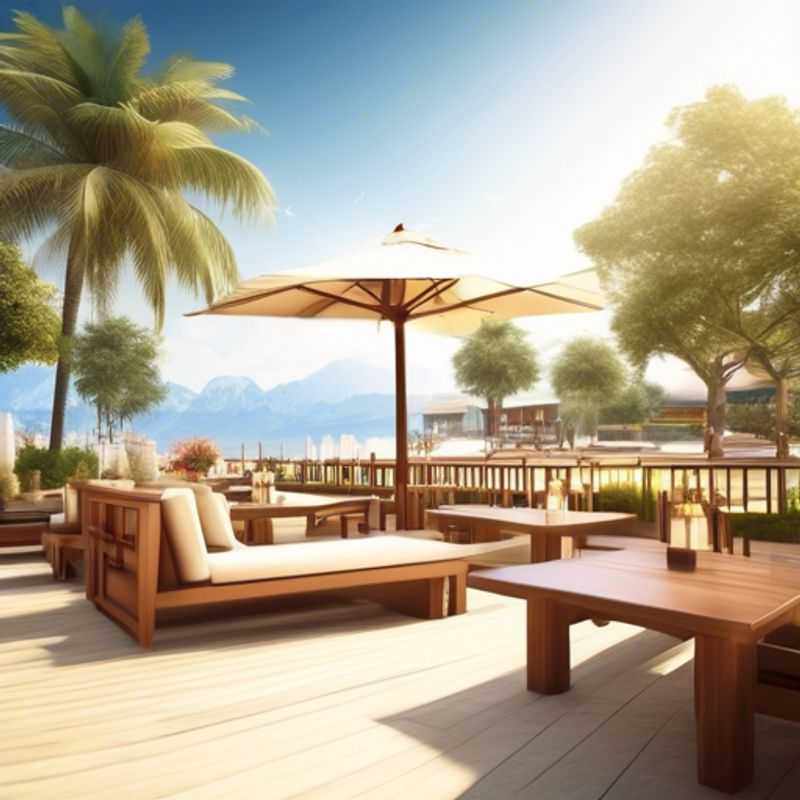
Outdoor Seating Fabrics: Durability, Cleanliness, and Long-Lasting Beauty
Outdoor furniture takes a beating, so choosing fabrics that stand up to the elements is key. Look for durable fabrics that are easy to clean, stain-resistant, and fade-resistant. This will keep your seating looking its best for years to come.
Many manufacturers use specialized outdoor fabrics like olefin, acrylic, or polyester blends that resist fading and hold up well against moisture and mildew. These fabrics are usually treated with protective coatings to enhance their durability and water repellency. Look for fabrics that are specifically marketed for outdoor use, as they are often treated with UV inhibitors and stain-resistant finishes.
When choosing your fabric, consider the level of traffic your seating will get and the style you want to achieve. You might want to choose a more robust fabric for areas with heavy foot traffic or for seating that will be exposed to harsh weather conditions.
Fabric choice can influence the overall style and feel of your outdoor space. Many fabric options come in a variety of colors and patterns to match your personal preference and existing décor. Choose a fabric that complements the existing color scheme of your patio and outdoor furniture.
Remember, choosing the right fabric is just one piece of the puzzle when it comes to choosing outdoor seating. Consider factors like the size, shape, and style of the seating, as well as the overall design of your outdoor space.
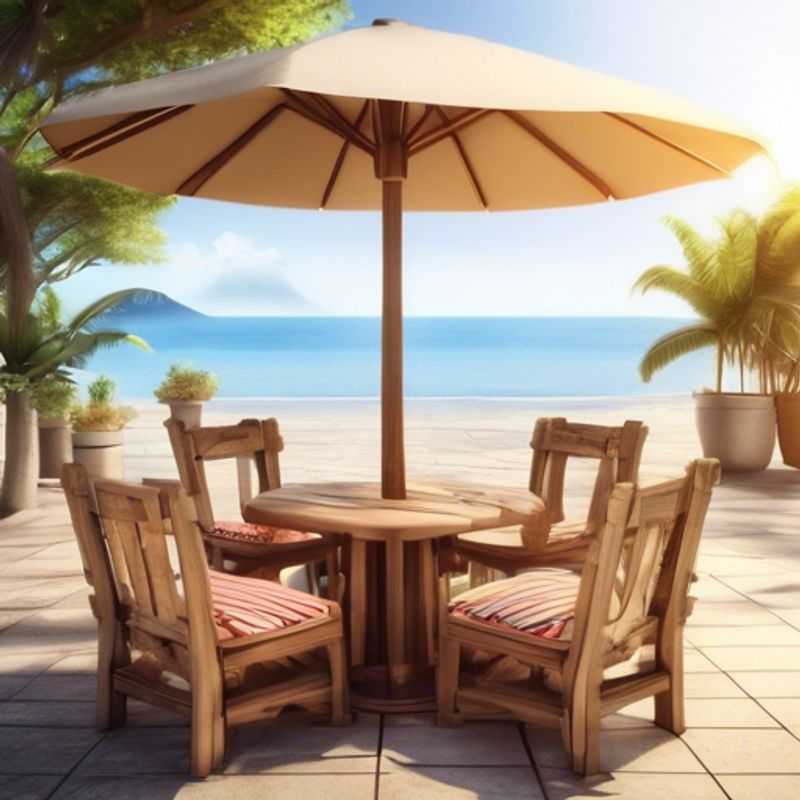
Prioritize Comfort: Choosing Cushions and Back Support for Ultimate Relaxation
Creating a comfortable space for relaxation is paramount, and choosing the right cushions and back support plays a vital role. Cushions can transform your seating experience, offering plush comfort and ergonomic support. Back support, often overlooked, is essential for maintaining proper posture and alleviating pressure on your spine. Look for cushions with high-density foam or memory foam for long-lasting comfort and support. Backrests can come in various shapes and sizes to fit your needs, ensuring proper alignment and reducing fatigue. When selecting cushions, consider the material, firmness, and size to achieve the optimal balance of comfort and support. Pay attention to the design and adjustability of backrests to ensure they conform to your body's curves. By investing in quality cushions and back support, you can create a haven of relaxation and comfort for yourself.
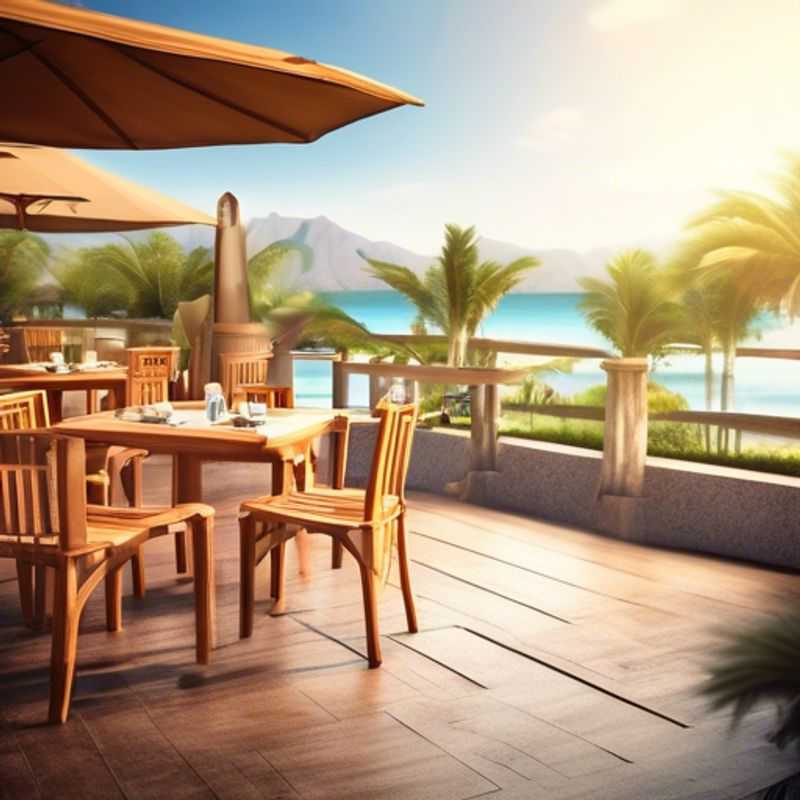
Don't Get Left Hanging: Evaluating Seating Weight Capacity
It's vital to know the weight capacity of any seating before use. This isn't just about comfort, it's about safety. Imagine a scenario where you're hosting a family gathering, everyone settles in, and suddenly a chair collapses! Not only is this embarrassing, but it could lead to injuries. The weight capacity is usually found on a label attached to the seating, or in the product description if you purchased it online. Always err on the side of caution - if you're unsure about the capacity, it's best to choose a stronger piece of furniture. For example, if a chair is rated for 250 pounds, and two people weighing 150 pounds each sit on it, it could potentially fail.
Remember, safety first! By checking the weight capacity, you're ensuring a comfortable and secure experience for yourself and your guests.

Unlocking Versatility: Exploring Modular and Convertible Designs
Versatility in design is a growing trend, and two key options stand out: modular and convertible.
Modular designs excel in their ability to be easily assembled, reconfigured, and expanded. Think of building blocks, where individual units can be combined to create different layouts. This flexibility allows for easy adaptation to changing needs and preferences.
Convertible designs, on the other hand, are characterized by their ability to transform into different configurations. Think of furniture that can be a sofa by day and a bed by night. This versatility is particularly useful for maximizing space and adapting to various activities.
When exploring these options, it's crucial to consider the specific requirements of your project. Factors like intended use, budget, and available space will influence your choices.
Modular designs often come with a premium price tag due to their complexity. However, their adaptability and longevity may outweigh the initial cost. Convertible designs often offer a more budget-friendly solution while still providing versatility. However, you may need to compromise on certain features or functionalities.
Ultimately, choosing the right option for your needs will depend on careful assessment of your priorities and available resources. Don't hesitate to research and compare different options before making your decision.
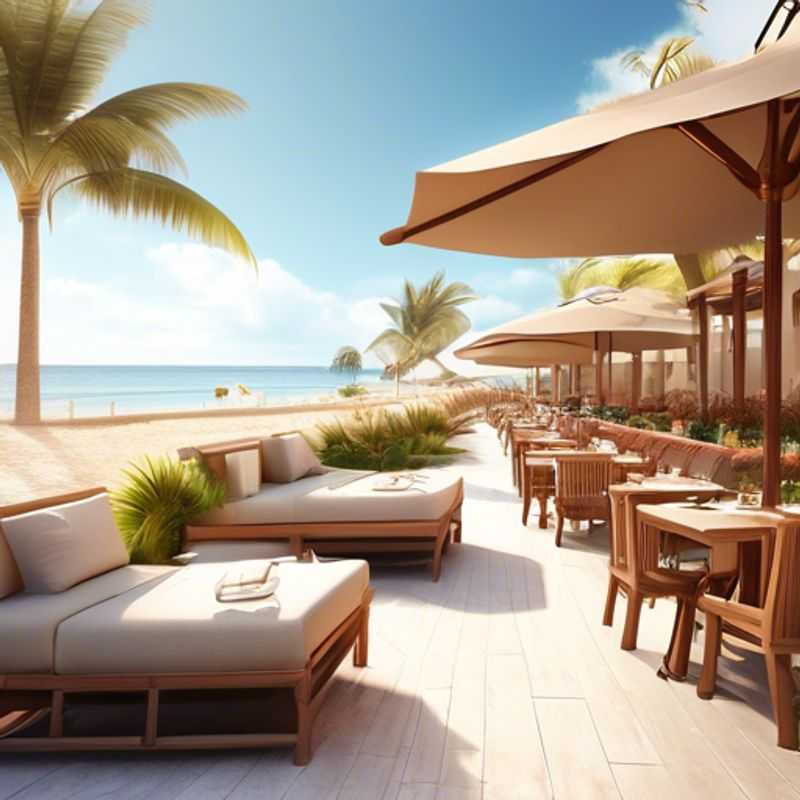
Outdoor Furniture Durability: Inspecting for Quality and Stability
Choosing outdoor furniture that lasts is crucial for enjoying your outdoor space for years to come. Before you buy, take a moment to examine the construction quality and stability of the furniture. This ensures you're investing in pieces that will withstand the elements and provide lasting enjoyment. Inspect the joints: Look for sturdy, well-made joints that are securely fastened, often with screws, bolts, or glue. Check the materials: Choose furniture made from durable materials that are resistant to weather, moisture, and UV damage. This could include weather-resistant wood, aluminum, or synthetic wicker. Assess the stability: Ensure the furniture feels solid and balanced when you sit or lean on it. This prevents tipping or instability.
Remember, quality furniture often comes with a higher price tag. But it's an investment in comfort and durability that will pay off in the long run. Consider a warranty for added peace of mind, as it protects against manufacturing defects or material flaws.
Beyond these basic checks, you can find further information on reputable websites and consumer reports that provide detailed analyses of specific furniture brands and materials.
